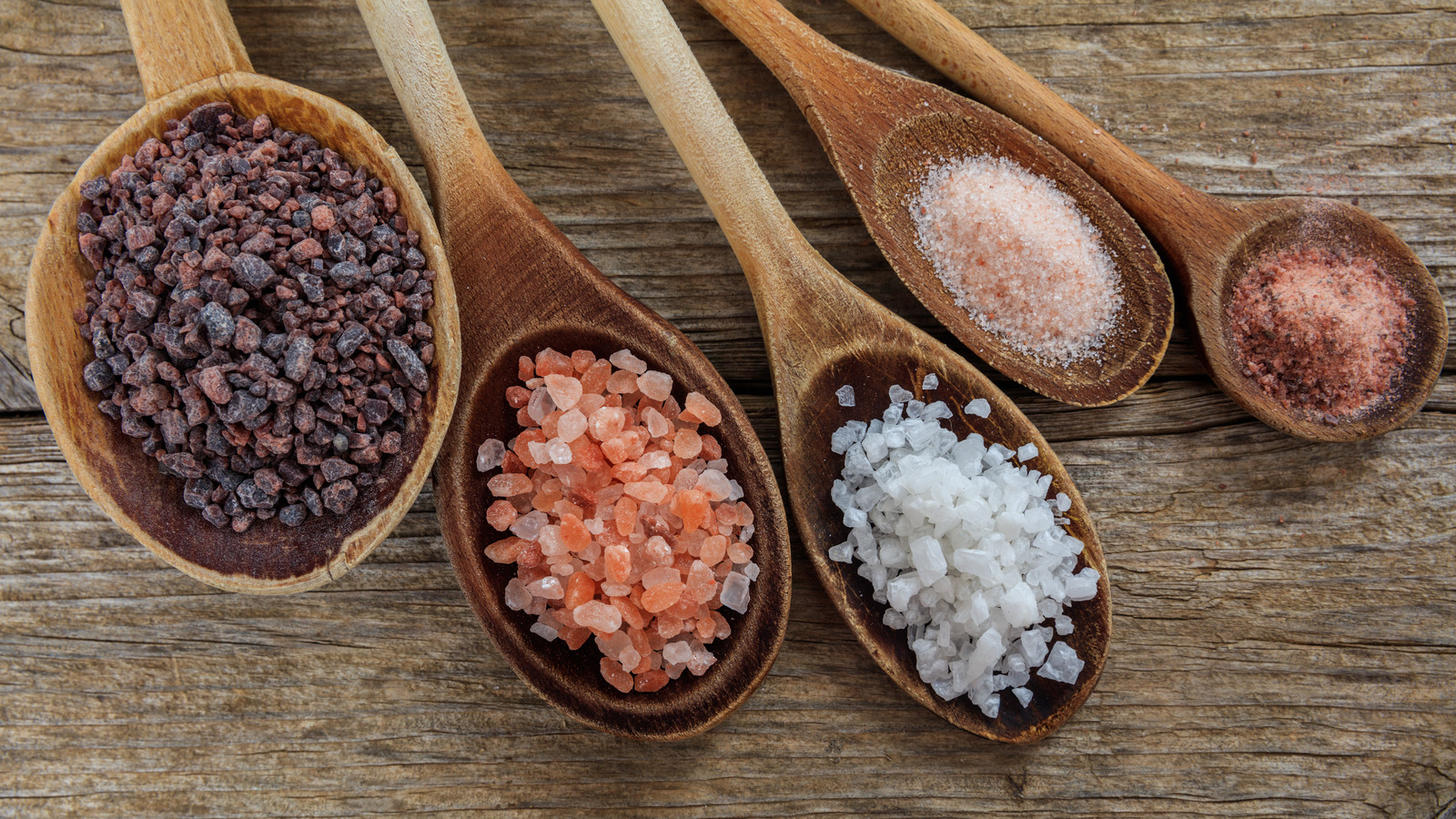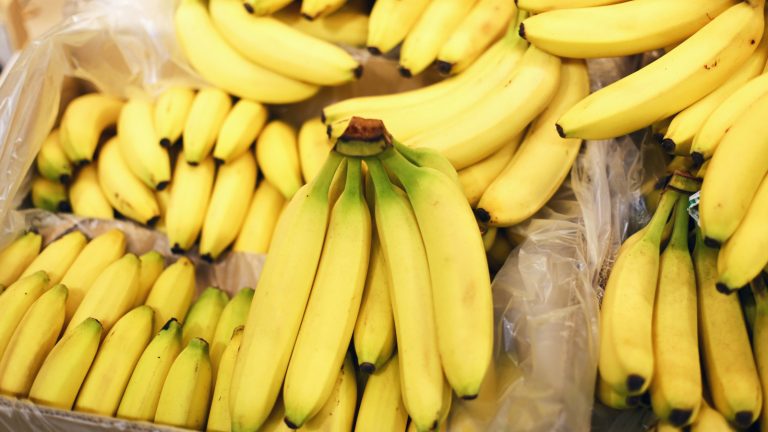The phrase “worth your weight in salt” is one casually tossed about today — but that wasn’t always the case. Given the global importance of salt over hundreds of years, it was once a high compliment to equate a person’s value to that of salt. It bestowed honor and indicated that the person or their work was highly valuable. Accordingly, salt itself became an irreplaceable commodity, mostly for its ability to preserve food long before the invention of refrigeration.
In ancient times, salt was often sold or bartered through the aptly named salt trade. It was even received by soldiers in early Rome as compensation in lieu of pay, giving rise to the later English word “salary.” That implies that salt held far more value then than now — which was certainly the case. For comparison, it’s said that salt once held equal value to gold and could be traded ounce for ounce. In today’s dollars, gold can be worth $2,000 per ounce and higher, depending on market fluctuation, meaning that salt presumably sold or traded in that same price range. In sharp contrast, today’s humble round can of supermarket table salt sells for as little as 67 cents per ounce.
It’s impossible to imagine paying thousands of dollars per ounce for salt, even when purchasing the pricier rare or custom salts such as the French Fleur de Sel, Indian black salts, Hawaiian red salts, or the delicate, flaky Maldon salt from Britain. The price disparity is enormous, but many reasons contributed to the exclusivity of salt in the ancient world.
Yesteryear’s salt was a cultural phenomenon
Salt, typically appearing in its natural state as the mineral halite, aka rock salt, comes from sources such as oceans, lakes, salt springs, salt flats, salt domes, and salt deposits, many of which were unknown or untapped in days gone by. With few known sources during ancient times, and rudimentary methods of collection and cultivation, it was at that time a precious commodity demanding the highest prices. But its value originally came from more utilitarian purposes than seasoning foods.
Before refrigeration and modern transportation methods, salt was invaluable for preserving foods. It enabled human survival through long, cold winters, sea journeys, wars, hunting expeditions, and more. It was used medicinally in Chinese societies as far back as 2700 B.C., and references to salt appear in the Christian Bible dozens of times, often symbolizing purity. In later centuries, high society coveted salt for flavoring foods, making it a status symbol, ultimately giving rise to high taxes and subsequent high prices.
All that said, trading gold in equal value to salt still baffles modern culinary perceptions. But we do still treasure our salty proclivities, shelling out for things like bougie finishing salts, collectible salt shakers, and handy little salt pigs or boxes to safeguard our prized collections.





